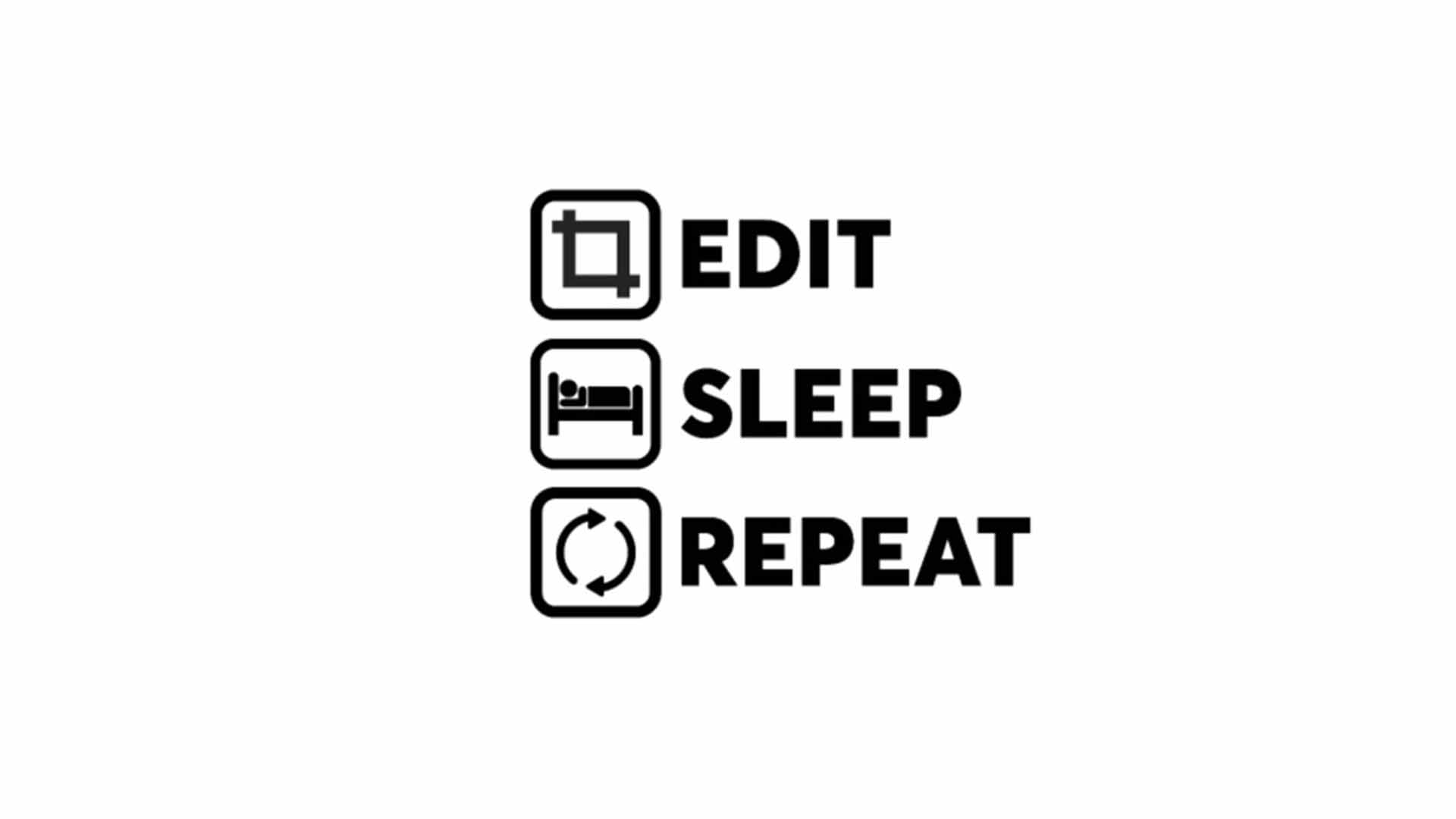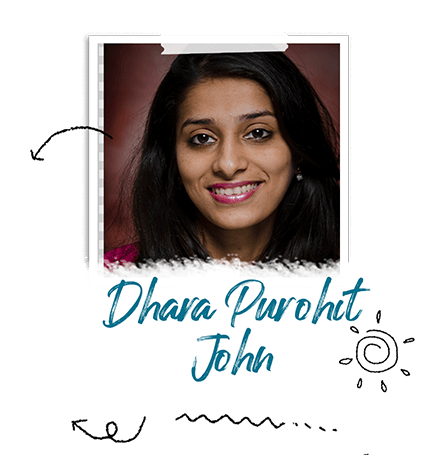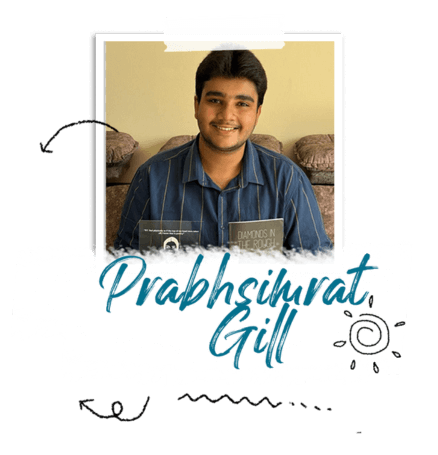
“Write drunk, edit sober”
These 4 words have always been a companion in my writing journey. When you express your emotions they manifest on paper in the purest form without any filter. You write to understand yourself more. But when you want to publish your book and make it available for readers, your perspective changes. Editing is rewriting a book with a new set of eyes for a target audience other than you.
Irrespective of the kind of publishing method you use, your manuscript isn’t complete before you do at least two rounds of edits.
- Take a Break From Your Story.
Before you dive into the world of flaws, corrections, and judgments that are the prerequisites to editing, take a break. Stephen King claims that he keeps his manuscript aside for 6 weeks before he starts editing them. When you distance yourself from your story, you give yourself space to develop a perspective. Your attachment to the story becomes an accessory rather than a dominant feature. Once you have distanced yourself from your story and the characters it becomes easier to trim through the parts that may be close to your heart but don’t serve the purpose of the story.
- The bird’s eye view
Start by looking at your story as a whole. Imagine when you take a photograph of a beautiful view with snow-clad mountains, a river flowing through it, camping trailers parked at the shore, and a group of travelers playing music. You want to capture the whole surrounding. Read it aloud and look for structural changes. Ask yourself the theme of your book and whether the story revolves around that theme. Question your purpose as well as the purpose of the story. Is it being conveyed distinctly? This falls under developmental editing where you are being critical about the story, its structure, and the whole purpose.
- Reference shots
Now imagine when you have to take a picture of the river flowing through a snow-clad mountain only. This part of editing refers to understanding your sub-plots and how they relate to each other. Is there continuity in your plots? Does the continuity serve the purpose of those plots?
- Zoomed in shots
This is the moment when you zoom in on the group of travelers with their happy faces. Zoom in your story. Focus on characters and their existence. Are they serving their purpose? How are they important with respect to each other? Think what if you delete a character altogether. How will it affect your story?
- Portrait mode
The final part of editing involves embellishing and copyediting. Focus on statements and words. Remove the conversations that are dragging. Replace words that are repetitive. Check your spelling and grammar. Finally proofread your work for any minor errors.
- Check for Accuracy.
If you are writing self-help or a non-fiction book, make sure that the facts that you have mentioned are accurate. Support them with references that can be added in the form of a glossary at the end. It is very important to be credible when you are putting words on paper.
Editing can be a fun thing to do if you shift your mindset from being possessive about your story to be critical. We, humans, are naturally judgemental and when you step back from your own story it becomes easier to be critical and make the necessary changes. Use professional tools like spell check, and grammarly to edit your book. You can also send it to a friend or a volunteer who would be willing to read through your book and help you gain a perspective from a reader’s point of view.
Remember that the book that you finally publish is for the readers. Make it worth their time and energy.






